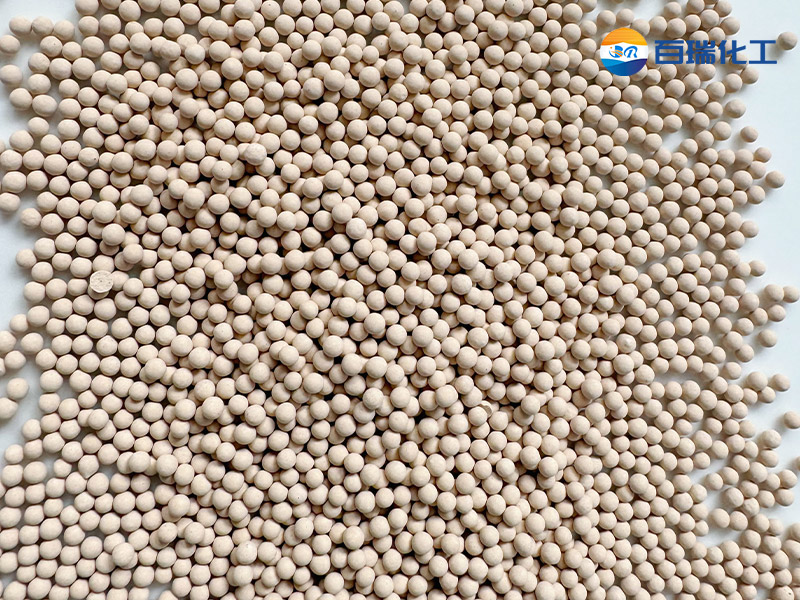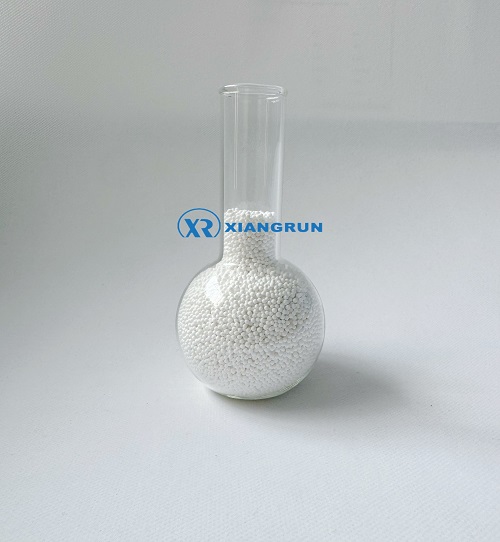We recently received a technical inquiry from a Canadian partner regarding the use of 14×28 mesh activated alumina for arsenic removal. The client needed to treat arsenic-containing water with a pH of 8 and a temperature of 42°C, and they wanted to understand how to optimize operating parameters to ensure effective treatment.
This is indeed a very representative technical question, and we hope the following answers will be helpful to partners with similar concerns.
Question from BQ Canada:
14-mesh x 28-mesh activated alumina is being used to remove arsenic from water. The water has a flow-through pH of 8 and a temperature of 42°C. Are there any minimum requirements for alumina contact time and filtration rate? Also, should I lower the pH or temperature? Is this media certified for water treatment?
Zibo Xiangrun Environmental Engineering Co., Ltd. responded to this question regarding the application of activated alumina for water treatment:
There are no clear legal minimum requirements for alumina contact time and filtration rate, and both require experimental reference. The following recommendations are based on our years of technical experience and experimental data. We recommend maintaining an empty bed velocity within the range of 5-12 m/h, with the specific value optimized in conjunction with contact time. Regarding filtration rate, particle size is crucial. Smaller activated alumina particles are significantly more efficient at removing arsenic than larger particles. The 14×28 mesh particles required by the client are relatively small, which theoretically facilitates arsenic removal.
Regarding contact time, sufficient contact time between the water flow and the adsorbent is necessary. However, the specific minimum empty bed contact time required must be determined through dynamic column testing. We recommend an empty bed contact time within the range of 5-8 minutes. For smaller particle sizes such as 14×28 mesh media, a contact time of less than 5 minutes may result in incomplete adsorption, while a contact time exceeding 8 minutes will only marginally improve the effectiveness.
The client's current concern centers on pH. At a pH of 8, activated alumina's arsenic removal efficiency is suboptimal for both pentavalent and trivalent arsenic (especially in hard water). Lowering the pH is strongly recommended as one of the most effective ways to improve arsenic removal efficiency. Adjusting the influent pH to neutral or slightly acidic (e.g., 5-7) can significantly improve arsenic removal.
Should I lower the temperature? A temperature of 42°C generally requires no special adjustment. Activated alumina maintains stable chemical properties and adsorption performance at 42°C. This temperature does not cause structural damage or loss of adsorption function.
Is this media certified for water treatment?
Of course, activated alumina is fully certified as a water treatment material and is included in the national approved list for water-related product hygiene and safety assessments. This means its use as an adsorbent for arsenic and fluoride removal is recognized by official regulatory agencies. Zibo Xiangrun's activated alumina arsenic removal agent has passed international certifications such as ISO and REACH, ensuring the safety of its extractables and compliance with drinking water standards, making it safe for use.
If you have any questions about fluorine and arsenic removal using activated alumina, please consult Zibo Xiangrun Environmental Engineering Co., Ltd., a professional activated alumina production factory.













